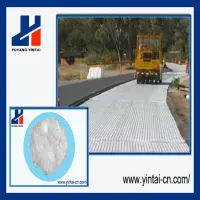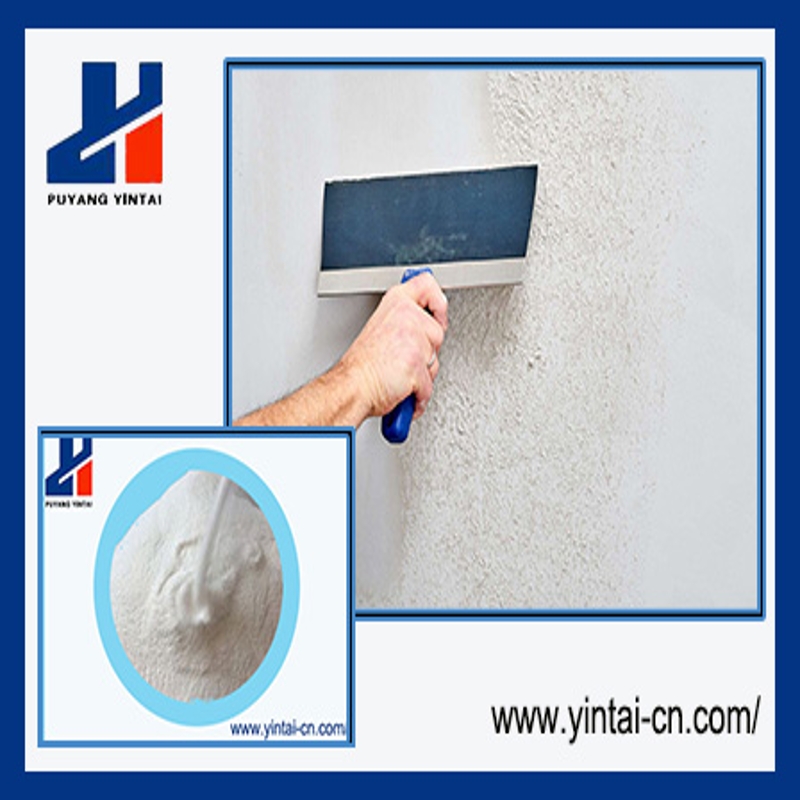-
Categories
-
Pharmaceutical Intermediates
-
Active Pharmaceutical Ingredients
-
Food Additives
- Industrial Coatings
- Agrochemicals
- Dyes and Pigments
- Surfactant
- Flavors and Fragrances
- Chemical Reagents
- Catalyst and Auxiliary
- Natural Products
- Inorganic Chemistry
-
Organic Chemistry
-
Biochemical Engineering
- Analytical Chemistry
- Cosmetic Ingredient
-
Pharmaceutical Intermediates
Promotion
ECHEMI Mall
Wholesale
Weekly Price
Exhibition
News
-
Trade Service
6.
2.
1.
7 Selection of analysis conditions
(1) Selection of extraction solution
According to relevant literature, the main extraction solutions for extracting macrolides from animal tissues are phosphate buffer solution, 0.
3% phosphoric acid -methanol (7+3, v/v) solution, acetonitrile , and methanol .
For comparison experiments, the experimental results are shown in Table 6-5
.
Table 6-5 Extraction effect of different extraction solutions (%)
As can be seen from the data in Table 6-5, when a phosphate buffer solution as the extracting solution, lincomycin , oleandomycin , kitasamycin recovery less than 50%; when 0.
3% phosphoric acid - methanol ( When the 7+3, v/v) solution is used as the extract, the recovery rates of the other eight macrolide antibiotics are less than 50% except for clindamycin; when methanol is used as the extract, lincomycin , The recovery rate of kitasamycin is less than 50%;
When acetonitrile was used as the extraction solution, the recovery rate of 9 kinds of macrolide antibiotics was in the range of 64.
9% to 126.
0%
.
Therefore, this method uses acetonitrile as the extraction liquid
.
(2) The influence of sample liquid concentration on recovery rate
Most of the macrolide antibiotics are not stable to heat.
In the experiment, it was found that the concentration of the concentrated sample solution in a 55℃ water bath has a great influence on the recovery rate.
The results are shown in Table 6-6
.
The data in Table 6-6 proves that the recovery rate of macrolide drugs after the sample liquid is evaporated to dryness is far lower than the recovery rate of evaporation to nearly dryness
.
Table 6-6 The influence of different concentration levels on the recovery rate (%)
(3) The effect of buffer solution on recovery rate when passing through the solid phase extraction column
Considering that when the solid phase extraction column is used, different buffer solutions have a great influence on the recovery rate
.
The effects of 0.
1 mol/L phosphate buffer, 0.
1 mol/L carbonate buffer, and 0.
2 mol/L acetate buffer on the recovery rate were tested
Table 6-7 The influence of three buffer solutions on recovery rate (%)
(4) The influence of buffer solutions of different pH on the recovery rate (%)
In the selection experiment of the optimal pH range of 0.
1mol/L phosphate buffer solution, it was found that when pH=8, the recovery rates of 9 kinds of macrolide antibiotics were all above 50%, while the rest of the pH ranges were all Less than 50%
.
The experimental results are shown in Table 6-8
.
Table 6-8 The influence of buffer solutions with different pH values on the recovery rate (%)
(5) The influence of different solid phase extraction columns on the recovery rate
Under the aforementioned selected conditions, the extraction efficiency of the three solid phase extraction columns , Varian C 18 , Oasis HLB and Bakerbondspe C 18 were compared, and the results are shown in Table 6-9
.
The results show that the OasisHLB solid phase extraction column has the best effect
.
Table 6-9 The influence of different solid phase extraction columns on the recovery rate (%)
(6) Selection of the amount of eluent
According to literature records, methanol is basically used for the elution of the solid phase extraction column, and the elution amount of methanol is tested.
The results are shown in Table 6-10
.
Table 6-10 The influence of eluent volume on recovery rate (%)
Related Links: Determination of 9 kinds of macrolides and lincosamide drug residues in livestock and poultry meat







